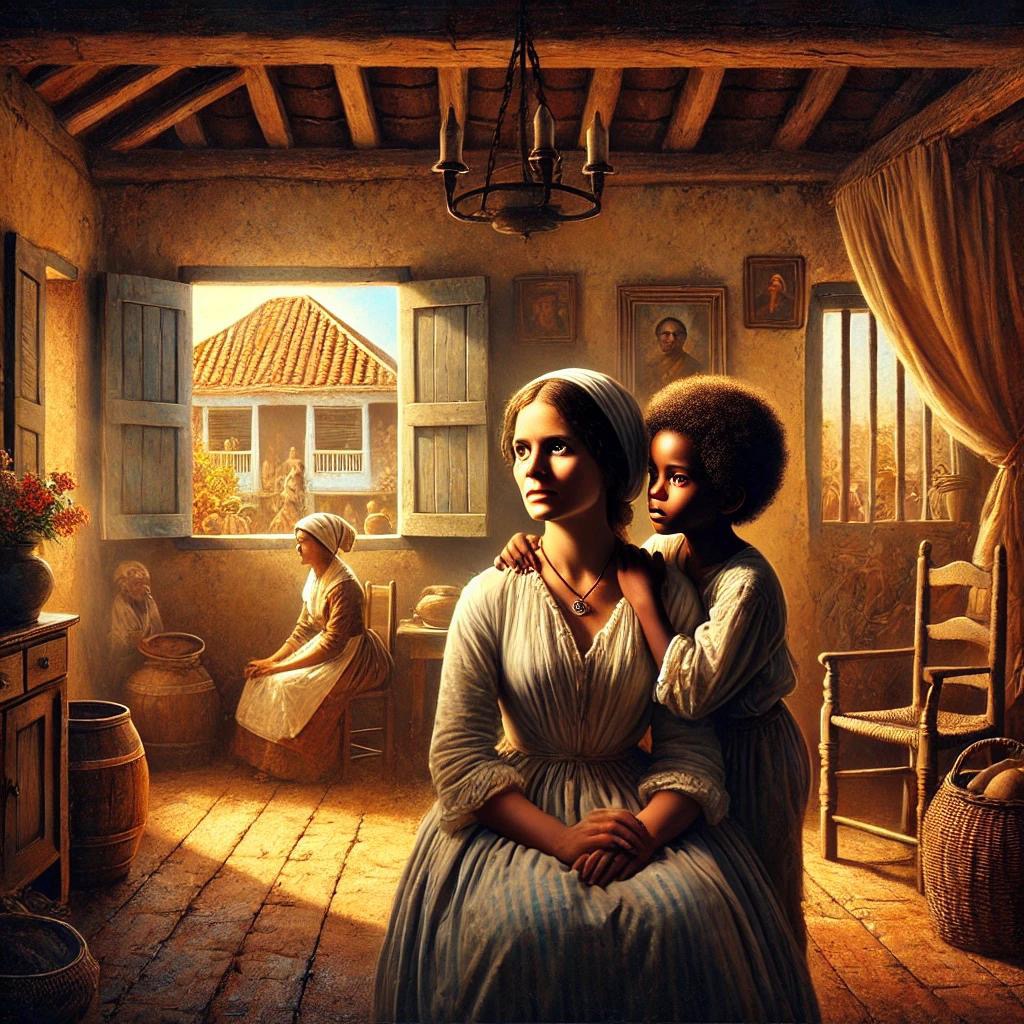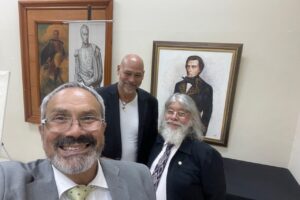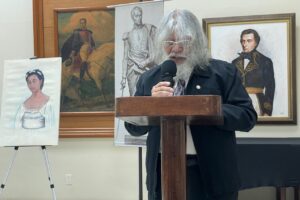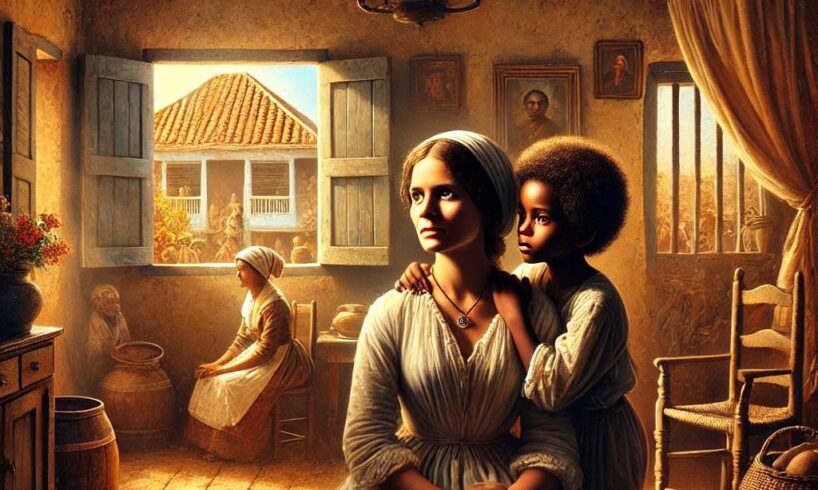
Manuel Carlos Piar Gómez y Lottyn’s life is a tale of perseverance, courage, and an unrelenting fight against injustice. From his beginnings in Curaçao, inspired by the activism of his mother, to his leadership in Venezuela’s independence movement, Piar’s story is woven with triumphs, challenges, and sacrifices.
Revolutionary Seeds: The Gual and España Conspiracy of 1797
In the late 18th century, Latin America was simmering with revolutionary fervor. The Gual and España Conspiracy of 1797, led by Manuel Gual and José María España, sought to overthrow Spanish colonial rule in Venezuela and establish a republic grounded in liberty, equality, and justice. This early independence movement set the stage for future uprisings despite its suppression by Spanish authorities.
Maria Isabel Gómez, Manuel Piar’s mother, played an active role in the conspiracy. As a mulatta midwife and activist, her work transcended her profession. She advocated for social justice and abolitionism, using her connections in Curaçao and La Guaira to aid the revolutionary cause. Her courage left an indelible mark on her young son, shaping his vision of a world free from oppression.
Manuel Piar’s Early Years in Curaçao
Born on April 28, 1774, in Curaçao’s Otrobanda neighborhood, Piar grew up in a society defined by racial and social hierarchies. His father, Fernando Piar de Lottyn, a Spanish immigrant, connected him to European traditions, while his mother instilled in him a deep-seated commitment to justice and equality.
Maria Isabel often shared stories of her own father’s ties to Venezuela, nurturing Manuel’s understanding of the interconnected struggles for freedom across the Caribbean and South America. These early lessons would guide his revolutionary path.
Arrival in Venezuela and Early Revolutionary Exposure
In 1785, Manuel and Maria Isabel moved to La Guaira, Venezuela, where they settled in the community of El Cardonal. Maria Isabel’s involvement in revolutionary circles exposed young Manuel to the ideals of liberty and equality. He attended meetings, absorbed revolutionary literature, and witnessed the courage of leaders like Gual and España.
Though the conspiracy was suppressed in 1797, its principles deeply influenced Piar. Rather than deterring him, the brutal crackdown strengthened his resolve to fight for Venezuela’s independence.
Día de la Victoria: Victory Against the British (1804)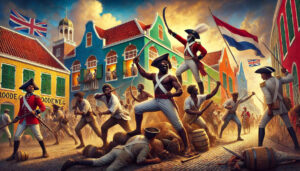
In January 1804, British forces attempted to seize Venezuela’s northern coast, including the strategic port of La Guaira. For six weeks, Piar led a tenacious resistance against the British, utilizing his growing expertise in guerrilla warfare.
•January 10, 1804: The British landed near La Guaira, overwhelming initial defenses.
•Mid-January to February: Piar rallied Creoles, pardos, and free people of color, forming a unified force. Using the terrain to his advantage, he launched surprise attacks that frustrated the British advance.
•February 26, 1804: After relentless fighting, Piar’s forces achieved a decisive victory, celebrated as Día de la Victoria (Victory Day).
This early triumph solidified Piar’s reputation as a rising military leader and marked his first major contribution to Venezuela’s fight against external threats.
Revolutionary Struggles Across the Region
By his twenties, Piar had joined broader revolutionary movements sweeping Latin America, including fighting for the Haitian Revolution, where he led significant efforts:
1.Fighting in Haiti:
•Piar commanded a battleship with 2,000 Haitian and Guadeloupean freedom fighters, supporting the fight for Haiti’s independence.
•Inspired by Haiti’s successful slave revolt, he mastered guerrilla tactics and deepened his commitment to racial equality, which became central to his revolutionary ideology.
•This experience shaped Piar’s understanding of the intersection between liberty and justice, as Haiti became the first nation to abolish slavery and declare universal freedom.
2.Joining Bolívar and Mariño:
•Piar later joined Simón Bolívar and Santiago Mariño, participating in pivotal campaigns that revived Venezuela’s independence movement.
•His leadership in the Expedition of Los Cayos (1816) demonstrated his brilliance as a strategist and his ability to inspire loyalty among his troops.
Military Brilliance: 26 Victories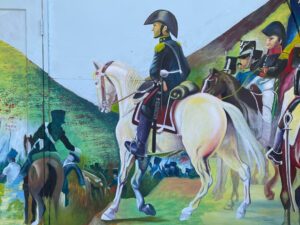
Piar’s military campaigns were marked by his mastery of guerrilla warfare and his ability to lead diverse forces against overwhelming odds. Among his 26 significant victories, two stand out:
1.The Battle of El Juncal (1816):
•Piar decisively defeated a larger Spanish force, showcasing his tactical brilliance.
2.The Liberation of Guayana (1817):
•Piar’s crowning achievement, the liberation of Guayana, secured a vital region for the independence movement.
•Guayana’s resources and strategic location were essential for sustaining Bolívar’s campaigns.
•Bolívar proclaimed him the Liberator of Guayana, recognizing his unparalleled contributions.
Fighting Racism and Advocating for Equality
Piar’s revolutionary vision extended beyond independence. He sought to dismantle the racial hierarchies that excluded pardos and enslaved Africans from full participation in society. This stance made him a hero among the lower classes but alienated him from Venezuela’s white Creole elite, who viewed him as a radical.
Legacy and Tragic End
Despite his achievements, Piar’s advocacy for equality put him at odds with Bolívar and other leaders who prioritized political unity over social change. Accused of treason, Piar was executed in 1817 in Angostura (modern Ciudad Bolívar). His death was a tragic loss to the independence movement and a betrayal of the ideals he championed.
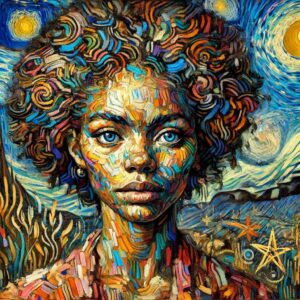 Maria Isabel’s Fight for Her Son’s Legacy
Maria Isabel’s Fight for Her Son’s Legacy
After Piar’s death, Maria Isabel Gómez petitioned the Venezuelan government to reclaim her son’s possessions and preserve his legacy. Her determination to honor Piar’s memory reflected the strength and resilience she had instilled in him throughout his life.
A Legacy of Freedom and Equality
Manuel Carlos Piar Gómez y Lottyn’s life was defined by his commitment to justice, his brilliance on the battlefield, and his unwavering belief in equality. From commanding Haitian freedom fighters to his victories in Guayana, Piar’s story is a powerful reminder of the sacrifices made in the pursuit of freedom.
In the next chapter, we will delve deeper into Piar’s ideological conflict with Bolívar, the circumstances of his trial and execution, and his enduring impact on Venezuelan and Caribbean history. We will also explore Maria Isabel’s role in preserving her son’s legacy and her contributions to the broader narrative of Afro-Caribbean resistance and independence.
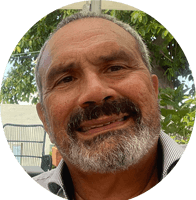
Tico Vos is a professional photographer, producer, and tourism specialist. He has been documenting the History, Culture, and News of Curaçao. This site is a documentation of the history of Manuel Carlos Piar.

